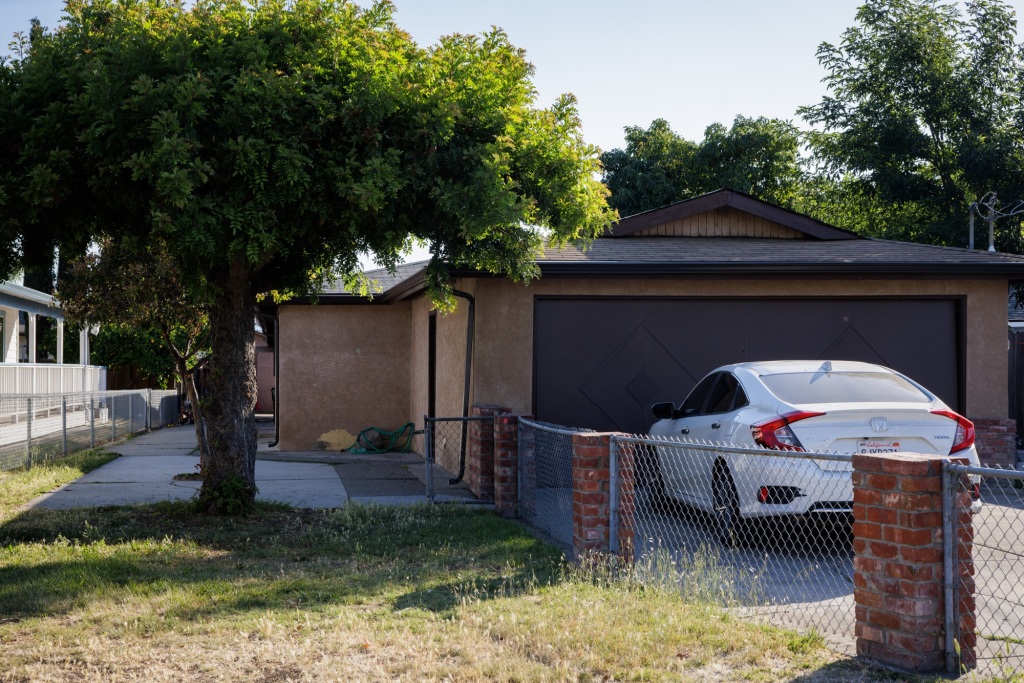SAN JOSE — Famed civil rights activist and labor leader Cesar Chavez’s family home, where he lived from 1951 to 1953, is on the market, and a local nonprofit is looking to purchase it.
Located in East San Jose at 53 Scharff Ave. in a neighborhood originally known as “Sal Si Puedes” — meaning get out if you can — the property was designated a historical landmark by the San Jose City Council in August 1993.
Chavez, who in 1962 co-founded the National Farm Workers Association with Dolores Huerta, lived in the San Jose home with his family for several years while working in nearby apricot orchards.

Listed for $1.19 million, nonprofit Amigos de Guadalupe has plans to purchase the property, along with help from the city of San Jose. Earlier this month, the council approved $500,000 to assist with the acquisition.
Amigos de Guadalupe Executive Director Maritza Maldonado declined to comment, but the nonprofit plans to restore the home and use it for community education purposes and housing, according to Mayor Sam Liccardo.
“Cesar Chavez’s family home comprises a vital part of our community’s heritage and identity,” Liccardo said in a statement. “The City’s funding will enable the Amigos de Guadalupe to secure and restore the property, and to make it an educational and historic asset and likely to house young adults serving East San Jose with local non-profits.”
Councilmember Magdalena Carrasco, who represents the district where Chavez’s home is located, called the neighborhood a “historic” part of San Jose.
Less than half a mile from 53 Scharff Ave. is another historic site — McDonnell Hall at the Our Lady of Guadalupe Church.
McDonnell Hall sits in a parking lot behind Our Lady of Guadalupe Church and is where Chavez first started organizing in the 1950s and 1960s with the Community Services Organization. They planned voter registration drives, civil rights lawsuits and legislative campaigns.
The site became a state landmark in 2014, and received the prestigious federal landmark designation by the National Park Service in 2017.
Just down the road from McDonnell Hall is the Mexican Heritage Plaza, the location of a supermarket where Chavez launched one of his first boycotts.
Carrasco said she’s “thrilled” the city decided to invest in the Chavez home and preserve it for future generations — especially since the east side and its history have traditionally been “sorely neglected” by the city.
It’s not just East San Jose’s history, she said. It’s the entire city’s history.
“He belongs to all of us,” Carrasco said. “Not just the Latinos, not just the Mexicanos and not just the poor people, but anyone who believes in social justice.”
Fernando Zazueta, the founding president of La Raza Historical Society, said Chavez’s home is a “physical confirmation” that a significant member of history resided in San Jose.
“We need somebody to give us some sense of worth and some sense of belonging because we often were not treated as we belonged,” Zazueta said of the Mexican-American community. “I think it’s important to us to have some heroes. It’s important to have some tangible evidence that they lived here and walked among us.”










